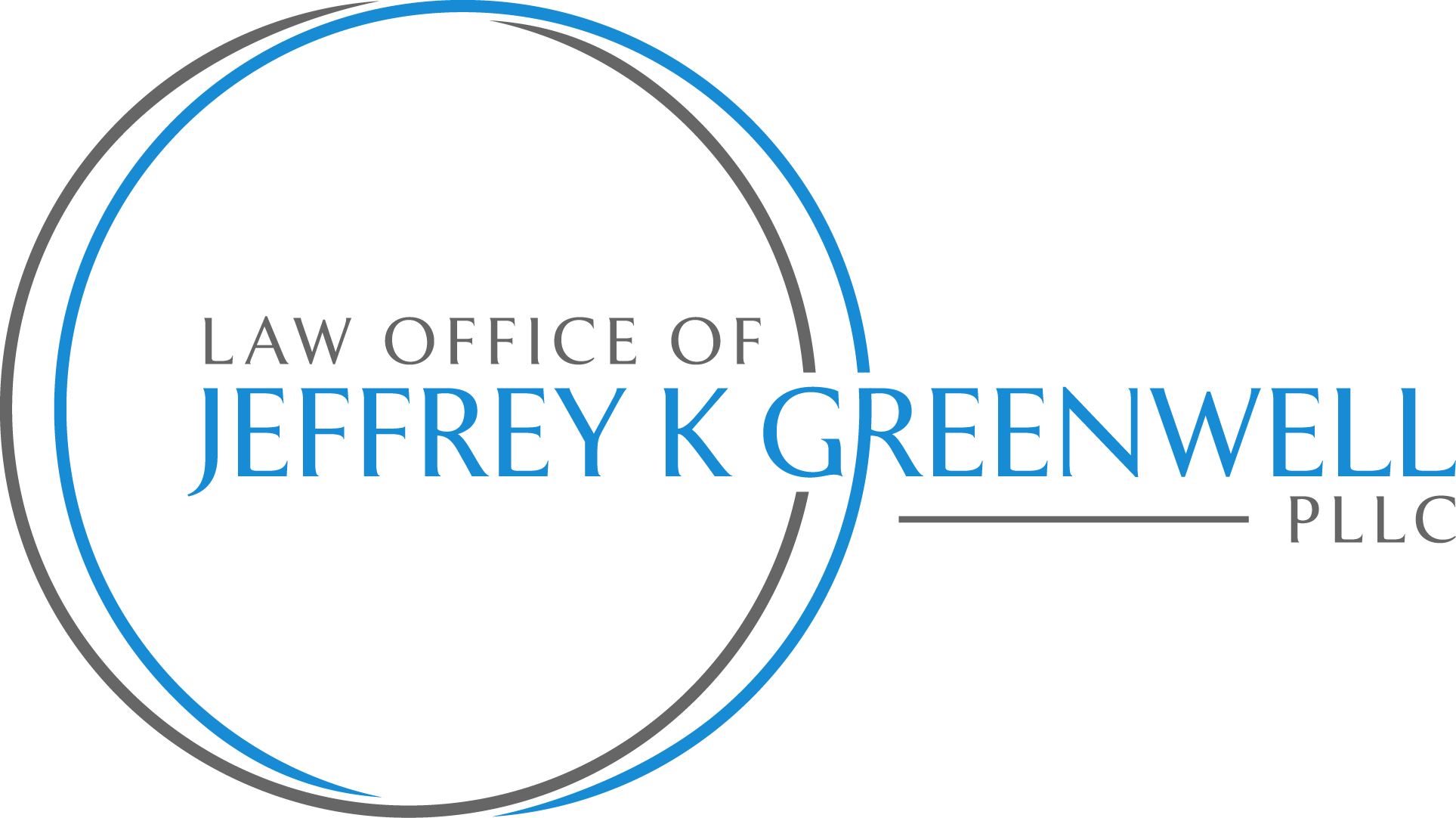The time requirements for a cramdown on a vehicle loan in Chapter 13 requires that your loan is at least two and a half years old. But there are exceptions to this.

Last week’s blog post was about lowering monthly vehicle loan payments through Chapter 13 cramdown. A cramdown also often reduces how much you end up paying on loan, and often even reduces its interest rate. Cramdown usually saves you money both immediately and long term. And you end up owning your vehicle free and clear at the end of your Chapter 13 case.
Today we get into how to qualify for cramdown.
Time requirements for a Cramdown—Timing
You can only complete a cramdown if your vehicle loan is more than 910 days old when you file your Chapter 13 case. If you entered into the vehicle loan less than 910 days earlier, the time required for a cramdown is not met. You can’t reduce the monthly payments or the total amount paid on loan.
The Bankruptcy Code states that you can’t qualify for a cramdown if “the debt was incurred within the 910-day [period] preceding the date of the filing of the [Chapter 13] petition.” See the “hanging paragraph” following Section 506(a)(9) of the U.S. Bankruptcy Code.
What’s the reason for this 910-day timing requirement for a cramdown? It’s a benefit to vehicle lenders. New cars and trucks depreciate fast. You can’t buy a vehicle, have it depreciate quickly for a year or two, and then take advantage of the fact that the vehicle isn’t worth as much as you owe on it. You have to wait two and a half years before you can do this.
Time requirements for a Cramdown—910-day Rule Doesn’t Apply
The 910-day time requirements apply only to vehicle loans that are for the purchase of the vehicle. Under the language of the Bankruptcy Code, the 910-day waiting period only applies when “the creditor has a purchase money security interest securing the debt.” See the same paragraph,” following Section 506(a)(9) referred to above.
So a loan used to refinance a vehicle can be crammed down without waiting the 910 days. Also, if you borrowed money for some purpose and gave your vehicle as collateral for the loan, you can do a cramdown without waiting.
This same 910-day time requirement for a cramdown does not apply to vehicles purchased for business use. The Bankruptcy Code says the 910-day rule only applies if “the collateral for that debt consists of a motor vehicle… acquired for the personal use of the debtor.” See the same paragraph in the Bankruptcy Code in which we keep referring.
There are open questions about both these “purchase money” and “personal use” conditions. For example, “personal use of the debtor” is not defined in the Bankruptcy Code. What about a pickup truck mostly used for operating a business but also used for personal transportation? Or how about a vehicle bought by a parent for the exclusive personal use of an adult child? Is that not the “personal use of the debtor” so that the 910-day rule does not apply?
The answers to these questions may turn on interpretations of the Code language by your local bankruptcy court. Talk with your Kalispell bankruptcy attorney about your particular situation.
Additions to the time requirements for a cramdown—Undersecured Vehicle Loan
In case it’s not obvious, qualifying for a cramdown only works if your vehicle is worth less than the balance on your loan. You’re “cramming” the loan amount down to the secured amount of the debt. The more your loan is upside down, the more cramdown can help.
If your vehicle is worth the same or more than you owe, there is no opportunity for cramdown. You might gain some other benefits on your vehicle loan from filing a Chapter 13 case, but no cramdown.
And how do you determine what your vehicle is worth for this purpose? For example, do you use “retail value” or “wholesale” or “trade-in” values? Should you use the Kelley or NADA Blue Book values or some other source? Again, these are questions for your bankruptcy lawyer, based on local law and practice.
Another issue beyond the time requirements for a cramdown—Only in Chapter 13
Qualifying for a Cramdown is not available under Chapter 7 “straight bankruptcy.” You must file a Chapter 13 “adjustment of debts” case. The payment and payoff terms of your cramdown are part of your 3-to-5-year Chapter 13 payment plan. In the plan, you present the value of your vehicle, which indicates the secured part of your loan balance and the remaining unsecured part, and how much you intend to pay on each part.
(Cramdown is also available under Chapter 11 “reorganization,” which is generally used for corporate and other business bankruptcies. Section 1129(b)(2)(A). This blog post focuses instead on consumer-oriented Chapter 13. But if you are operating a business or have unusually large debts, Chapter 11 may be an option to consider.)

